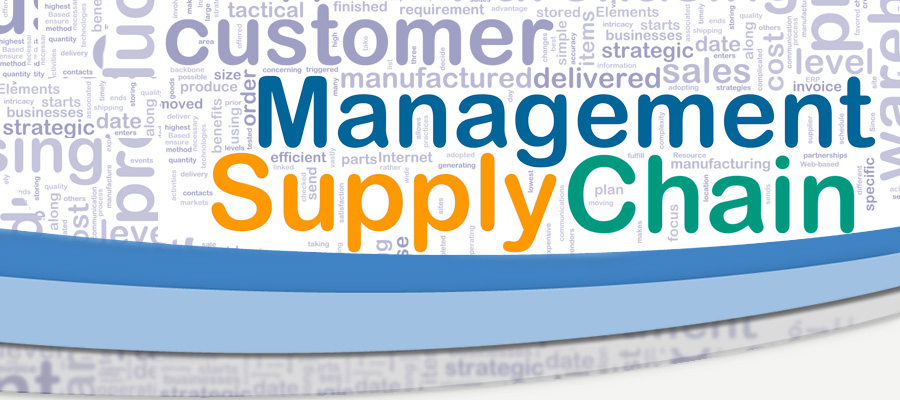
- Time for CPOs to Focus More on Organizational Costs and Efficiencies Rather than Just Contracted Costs
He adds that “If we can start eliminating work – by eliminating sacred documents such as the purchase order – as procurement leaders we can move to the forefront of innovation. By cutting costs in administration we can shift our time and talents toward strategic matters, which drive our companies forward.”
- Story about a retail company deploying DiCentral’s EDI procurement solution:
Just interesting to read about alternative deployments
http://www.just-style.com/news/genesco-to-streamline-supply-chain-with-edi_id124219.aspx - Procurement increasingly takes a back seat in BCO-carrier negotiations
Major companies are realizing that their logistics teams bring in-depth transportation knowledge and long-term ocean carrier relationships, across a multitude of cultures, to the negotiating table. Those relationships can have an almost magical effect on the final freight dollar amount and resultant service level,” said Chas Deller, who retired in September as head of global ocean freight procurement for UTi Worldwide and is now a partner in 10XOCEANSOLUTIONS Inc. which advises shippers in contract negotiations.
- Three tips for better IT Procurement
1) Learn to navigate a three-tiered global supply chain
2) Keep up with advances in technology
3) Use impartial and reliable information to beat a volatile markethttp://www.supplymanagement.com/blog/2015/01/three-tips-to-better-it-procurement
- The best supply chain CEOS
I am not picking #1 (so you read the article) – here is #3:Frederick Smith
Modern-day legend and proof of the American dream, Smith is the founder of one of the biggest companies in the world. Now a $45 billion interest, the idea for it began during Smith’s three-year stint, 1966-69, as a US Marine, where he observed closely the logistics and procurement of the armed forces and was inspired to start up an overnight delivery service for civilians. He founded Federal Express with his $4 million inheritance (modern equivalent $23 million) and raised $91 million ($525 million) in venture capital in 1970.http://www.supplychaindigital.com/top10/3800/TOP-10-SUPPLY-CHAIN-CEOs-2015

